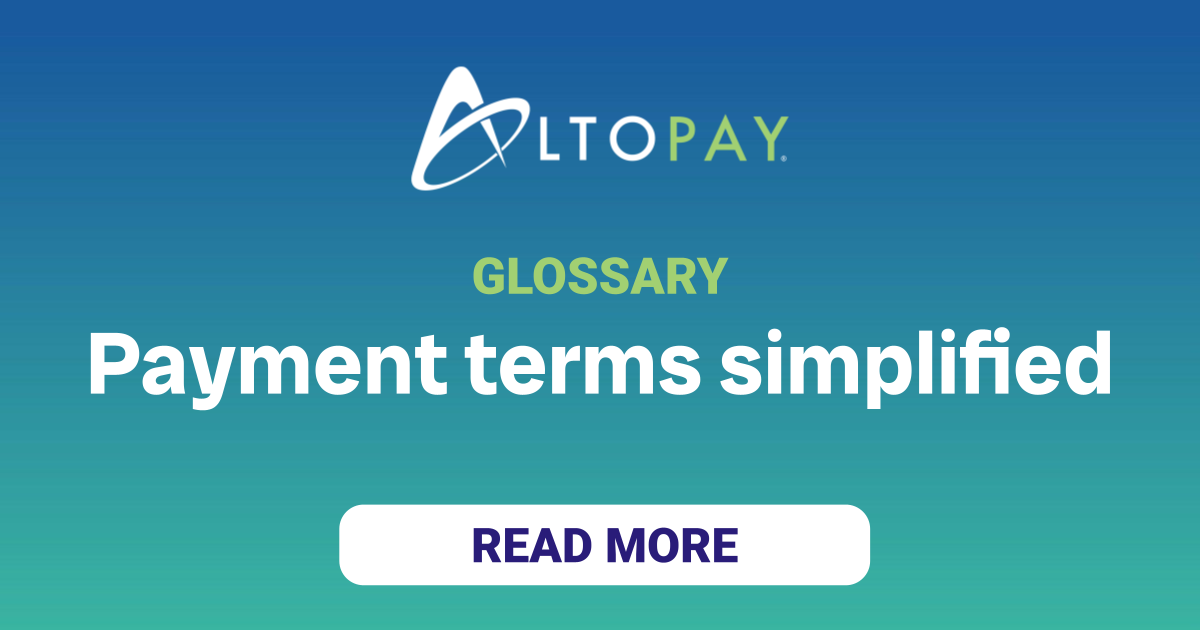An unauthorized transaction occurs when a purchase is made without the cardholder’s permission. This could be the result of stolen credentials, device or card theft, or account takeover. Issuers treat these transactions as fraud and typically initiate chargebacks on the cardholder’s behalf.
Fraud is the most common reason for chargebacks. However, very few fraud cases are caused by unauthorized transactions. The “fraud” is usually cases of friendly fraud and not criminal fraud.
Friendly fraud happens when a cardholder disputes a legitimate purchase, falsely claiming they didn’t authorize it or didn’t receive what was promised.
It’s important to determine if your fraud-coded chargebacks are actually unauthorised transactions or cases of friendly fraud, because the management strategy for each is very different.
If your fraud chargebacks are caused by unauthorized transactions, then you’ll want to evaluate the following:
If your fraud chargebacks are cases of friendly fraud, then you’ll want to evaluate the following:
- Your billing descriptors
- Your cancellation, return, and refund policy
- Your customer service experience including longest wait times
- Your social media accounts and online reviews
If the task of distinguishing between criminal fraud and friendly fraud seems overwhelming, the AltoPay team can help you determine the root cause of your disputes. We can also help you identify fraud trends and create a strategy to respond.

For more than a decade, Jessica Velasco has been a thought leader in the payments industry. She aims to provide readers with valuable, easy-to-understand resources.


